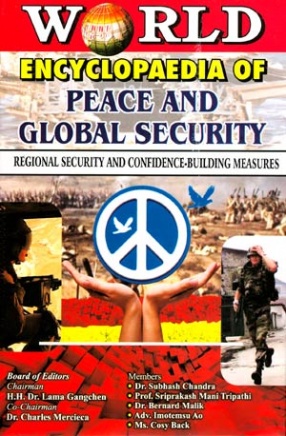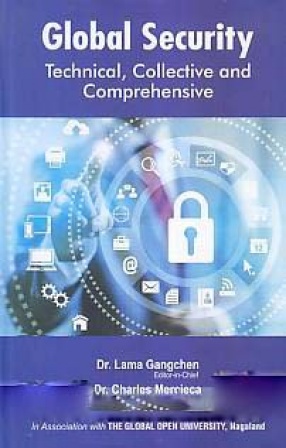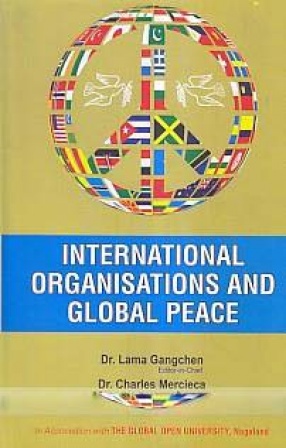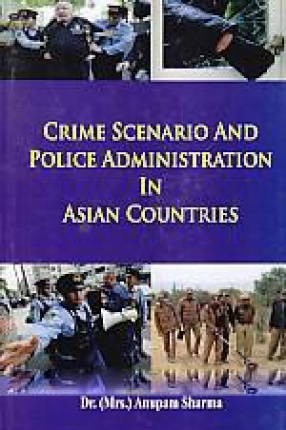Peace is a term that most commonly refers to an absence of aggression, violence or hostility, but which also represents a lager concept wherein there are healthy as well as interpersonal or international relationships, safety in matters of social or economic welfare, the acknowledgement of equality and fairness in political relationships and, in world matters, peacetime; a state of being absent of any war or conflict. Reflection on the nature of peace is also bound up with considerations of the causes for its absence or loss. Among these potential causes are: insecurity, social injustice, economic inequality, political and religious radicalism, and acute nationalism.
From the Anglo-Norman pas, and meaning "freedom from civil disorder", the English word came into use in various personal greetings from c. 1300 as a translation of the biblical terms pax (from the Vulgate) and Greek eirene, which in turn were renderings of the Hebrew shalom. Shalom, cognate with the Arabic "salaam", has multiple meanings: safety, welfare, prosperity, security, fortune, friendliness. The personalized meaning is reflected in a nonviolent lifestyle, which also describes a relationship between any people characterized by respect, justice and goodwill.
This latter understanding of peace can also pertain to an individual's sense of himself or herself, as to be "at peace" with one's own mind attested in Europe from c.1200. The early English term is also used in the sense of "quiet", reflecting a calm, serene, and meditative, approach to the family or group relationships that avoids quarrelling and seeks tranquility and absence of disturbance or agitation.
This Encyclopaedia will be of great help for the students of M.Sc./M.Phil/Ph.D in Peace, Global Security and related subjects.
ABOUT THE AUTHOR Lama Gangchen
Dr. Lama Gangchen was born in western Tibet in 1941. He was recognized at an early age to be a reincarnate Lama Healer and was enthroned at Gangchen Choepeling Monastery at the age of five. When he reached the age of twelve he received the "Kachen" degree which is usually conferred after twenty years of study. Between the ages of thirteen and eighteen, he studied medicine, astrology, meditation as well as philosophy in two of the major monastic universities of Tibet: Sera and Tashi Lhumpo.He also studied in Gangchen Gompa, Tropu Gompa and Neytsong Monastery. He was disceple of some of the most important Gelugpa Lamas like H.H. Trjichang Rinpoche. In 1963, he went into exile to India where he continued his studies for the next seven years at Sampurnanand Sanskrit University in Varanasi. In 1970, he received the Geshe Rigram degree from sera Monastic University situated in South India.After his graduation, he worked as a Lama healer among the Tibetan communities in Nepal, India and Sikkim, during which time he saved the lives of many people and was named private physician to the Royal Family. In 1981, Lama Gangchen visited Europe for the first time and has since become a resident and Italian citizen. In the same year, he also established his first European center: Karuna Choetsok in Lesbos, Greece, where he planted a bodhi tree in the 'Buddha Garden', and where he consecrated what was to become the first in a long line of World Peace Buddha Statues, thankas and images.Since 1982, he has traveled extensively, both healing and teaching worldwide, leading many pilgrimages to some of the most important holy places of different religious and spiritual denominations in the world.At present he has more than 100 Inner Peace Education Centres worldwide.Lama Gangchen World Peace Foundation established by him is headquartered in Italy at Albagnano.He is the National Chancellor of IAEWP for Italy and the UN Plenipotentiary Envoy of the International Association of Educators for World Peace (IAEWP) having consultative status with the United Nations - ECOSOC, UNDPI, UNCED, UNESCO and UNICEF.








There are no reviews yet.